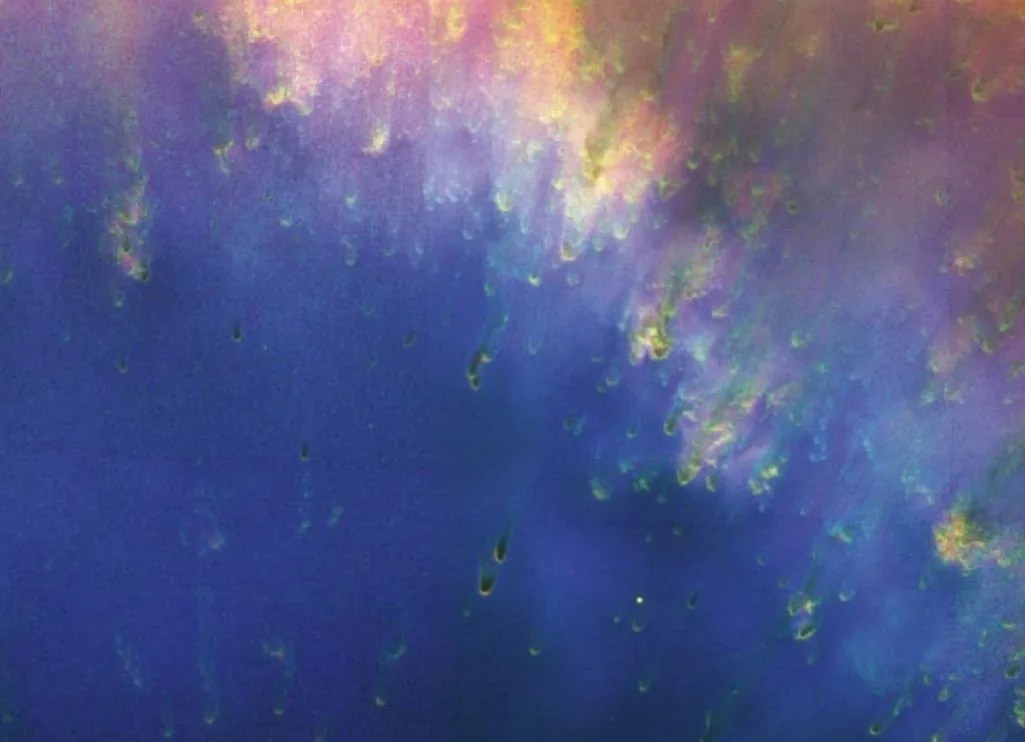
Hubble Helix Nebula
The gaseous knots are enormous. Each head is at least twice the size of our solar system and each tail stretches at least 100 billion miles, about 1,000 times the Earth’s distance to the Sun. Astronomers believe that the knots probably formed when hot gas spewed by the doomed star collided with cooler gas that the star had ejected 10,000 years before. Astronomers believe that eventually the gaseous knots will dissipate into the cold blackness of space.
Credits: NASS, and ESA
Image CreditNASS, and ESA
Size640x463px
